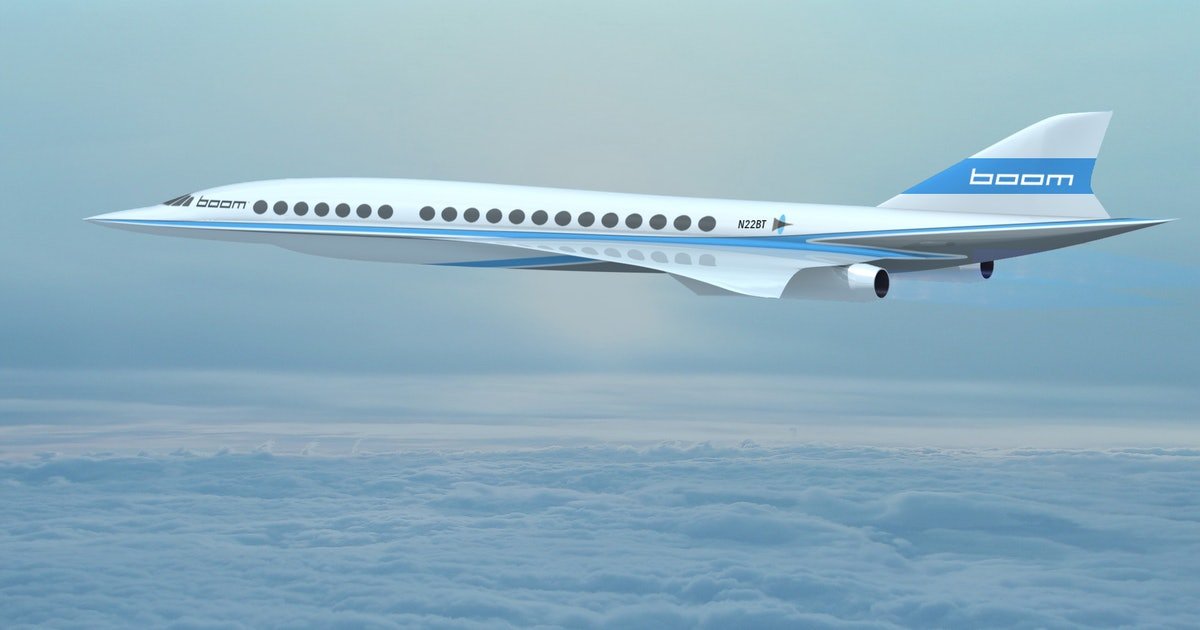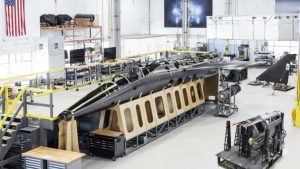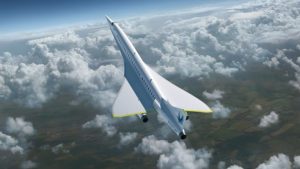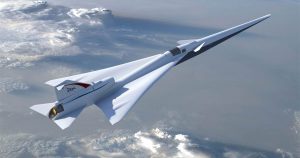The start-up with ambitious dreams is now on the path to reinstate supersonic commercial travel back in mode, despite the whole travelling industry suffering the supposedly irreparable damages by the pandemic.
Boom Supersonic, based in Denver, Colorado, has announced that it will finish up with the final creation of XB-1, a prototype 1/3 of the size of its final destination jet Overture on October 7. They also announced that the test flights will commencing starting in the year after in 2021. This will be a 18-year long wait ending for those who missed commercial travels faster than the speed of sound since the closure coming from Delta Airlines in 2003.
“XB-1 is the first step in bringing supersonic travel back to the world,” Blake Scholl, founder and CEO of Boom Supersonic, said in a statement on the company’s website.
“Flights at twice the speed mean we can travel twice as far — bringing more people, places, and cultures into our lives.” The said test aircraft has been propagated by the company as “history’s fastest privately developed aircraft.
”
“Our experiences in the Covid-19 pandemic underscore for all of us the fundamental human need for personal connection,” says Scholl.
“Faster travel enables us to experience the world’s people, cultures, and places. With XB-1, we’re demonstrating that we are prepared to bring back supersonic. We’re ensuring that the supersonic future is safe and environmentally and economically sustainable,” he added.
“We’ve learned that the demand for supersonic has grown even faster than we anticipated.”
The aircraft manufacturing start-up has has its reasons on being confident with the economic value of their product, as it has managed to get investments of 6 billion dollars for pre-order purchases for the aircraft.
Each aircraft is at least 200 million dollars, the purchasers notably being Virgin and Japan Airlines. Each aircraft will be able to host 55-75 passengers, with the verifiable commercial flight set to start off in 2030, if there are no problems arising from the subsequent testings and improvements.
500 transoceanic flight routes are being fitted for the aircraft’s usage, such as the transatlantic travel from New York to London, which would be shortened to a astounding 3 1/4 hours. The aircraft has been designed with the latest noise-reducing technologies and will only fly at supersonic speeds while over oceans to ensure that populated areas are not affected by sonic booms.
If you liked this article, please LIKE SHARE AND COMMENT below! And don’t forget to check our other articles along the way!
Replaced!





